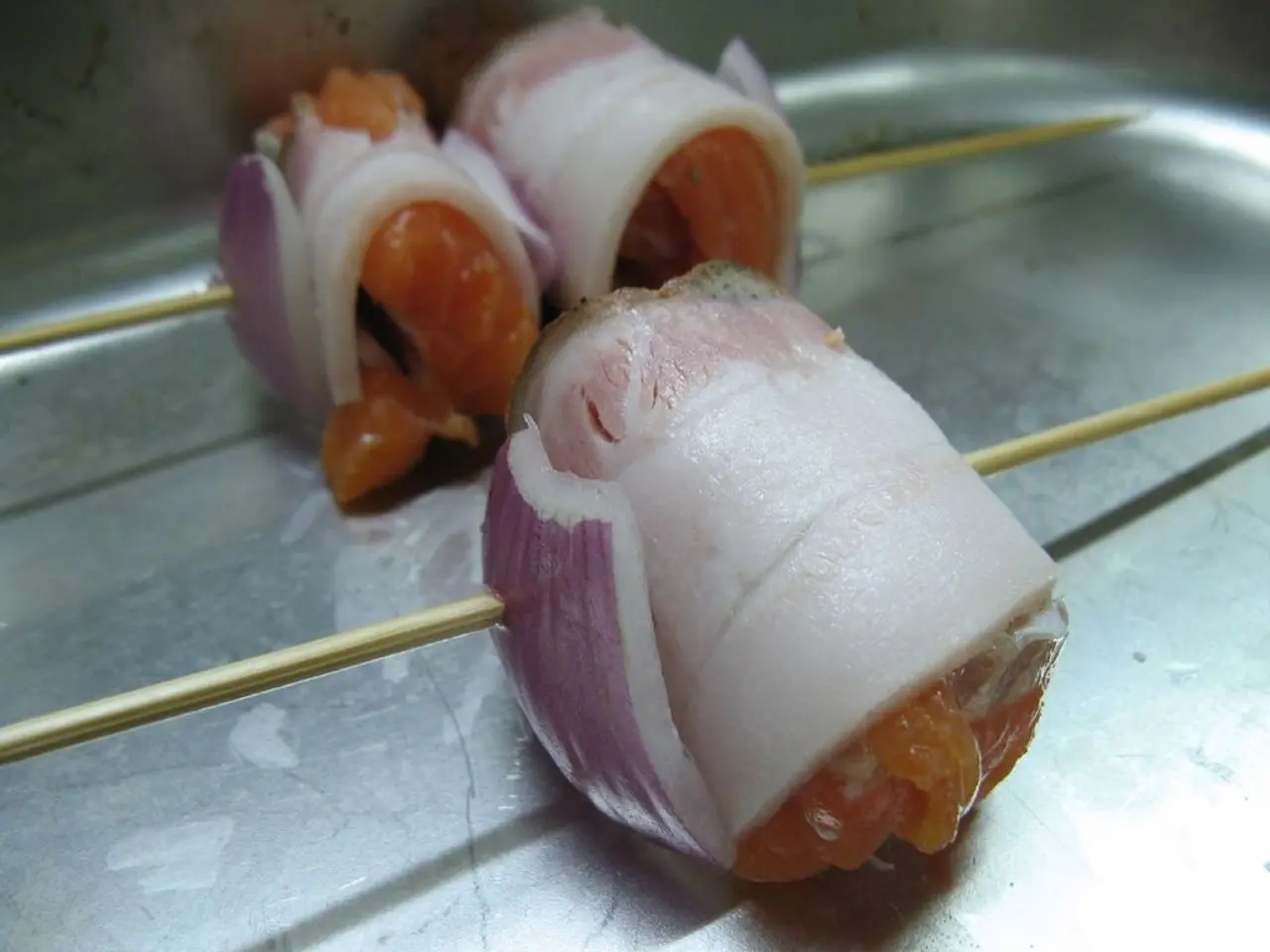Cultivating zucchini: A guide
Growing Courgettes: A Comprehensive Guide
Courgettes, also known as zucchini, are easy-to-grow and highly productive plants that can provide you with a bountiful harvest of delicious, nutty crops for use in summer dishes and salads. Here's a step-by-step guide on how to grow these prolific croppers.
Sowing Courgette Seeds Indoors
- Sow each courgette seed individually about 1.5 centimetres deep in a 7-centimetre pot filled with vegetable compost. This depth follows the general rule of planting seeds 2-3 times their size deep.
- Water gently to keep the compost moist but not waterlogged.
- Place the pots on a warm, sunny windowsill to provide sufficient warmth and light for germination.
- Optionally, you can sow courgette seeds in larger pots and keep them in a greenhouse, but protect seedlings from frost if necessary.
- Keep the compost consistently moist until the seeds germinate.
Sow indoors starting around March for an early start, then transplant outside once conditions are suitable (late May or later depending on weather). Regular harvesting once plants begin fruiting encourages further growth and productivity.
Growing Courgettes Outdoors
The site for sowing courgettes outdoors should be prepared well by digging in lots of home-made compost or well-rotted manure. One or two seeds should be sown around 90cm apart, 2.5cm deep. The weaker seedlings should be removed so that just one remains in each position.
Courgette plants should be planted out when all risk of frost has passed, in a sunny, sheltered spot, and given plenty of room. A square metre should be allowed for each courgette plant, or one per growing bag.
Caring for Courgettes
Watering is the key to success when growing courgettes. It's important to water courgettes regularly and apply a thick layer of mulch around the plants to hold water in the soil. A constantly just-moist soil is essential if plants are to crop to their full potential.
Courgettes need feeding weekly with a high-potash feed, such as tomato food. Regular harvesting encourages further growth and productivity, and it's crucial to harvest courgettes when they are around 10cm long.
Pest and Disease Management
Young courgette plants are extremely vulnerable to slugs and snails and can be protected with crushed eggshells, copper rings, or biological pest control. The young plants should be protected from slugs and snails when sown directly outside.
Courgette rot is a common problem in damp weather and can be prevented by directing water down onto the soil and removing soggy flowers during wet weather. Grey mould is a common problem in damp or humid weather and can be prevented by removing affected areas and dead growth on the ground.
Powdery mildew affects the performance of courgette plants and can be dealt with by pruning affected leaves and providing good air circulation and mulch.
Varieties and Tips
'Defender' is a heavy-cropping courgette variety with good disease resistance. 'Gold Rush' is a variety with long, golden-yellow fruits. Cutting courgettes while they are small (about 10cm long) encourages more to develop over a longer period.
Monty Don has several videos on his channel demonstrating how to plant out courgette plants, control slugs and snails organically, and grow courgettes (and pumpkins) from seed. He also offers tips on watering and feeding courgettes in a video guide.
For more advice and inspiration from favourite gardeners, consider signing up for the newsletter. Unsubscribing is possible at any time. The site is protected by reCAPTCHA, and the Google Privacy Policy and Terms of Service apply to the site.
Remember, with a little care and attention, you can enjoy a bountiful harvest of courgettes this summer. Happy gardening!
Maintaining a healthy lifestyle includes adopting gardening as a hobby, such as growing courgettes, which can be nurtured both indoors and outdoors. During the indoor sowing process, one may consider using home-and-garden techniques like protecting seedlings from frost and applying biological pest control to combat slugs and snails. Additionally, when growing courgettes outdoors, it's essential to follow proper home-and-garden practices like providing a sunny, well-prepared site filled with organic matter for planting.




